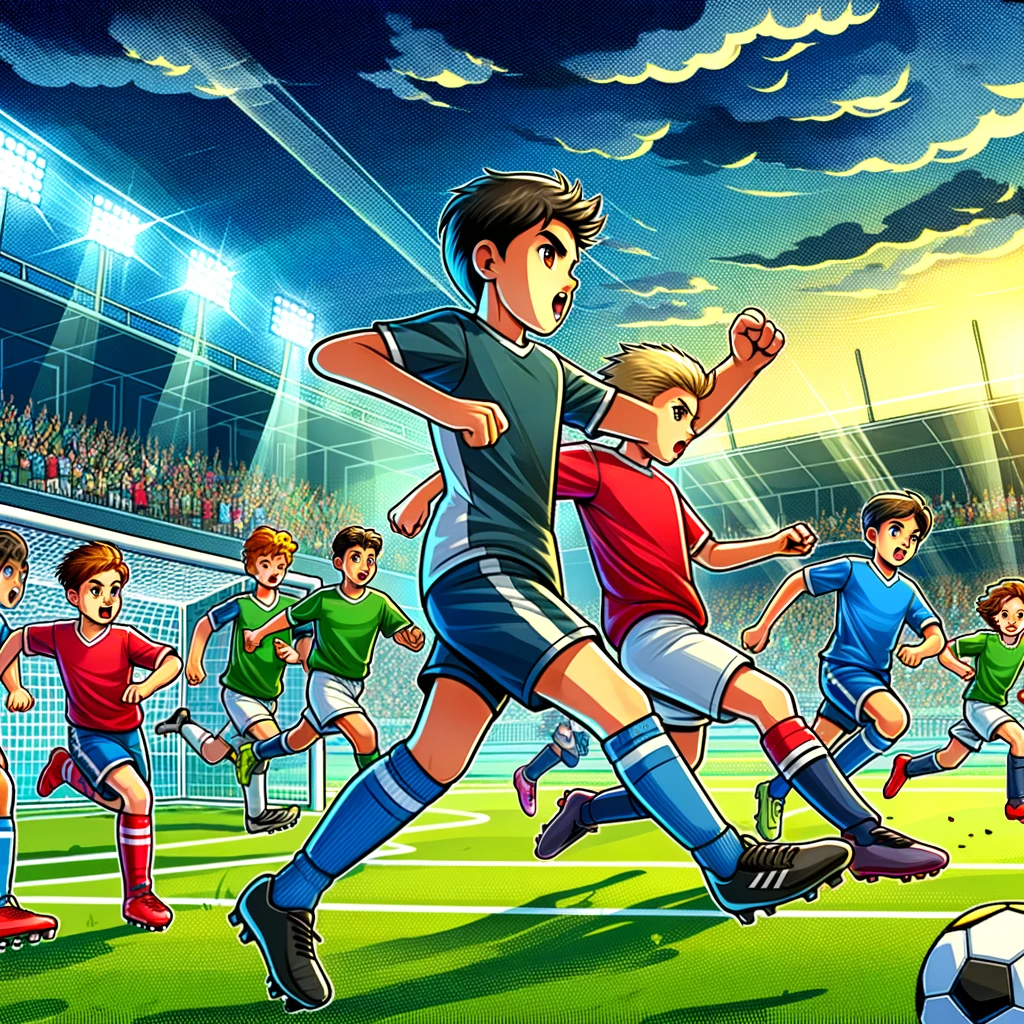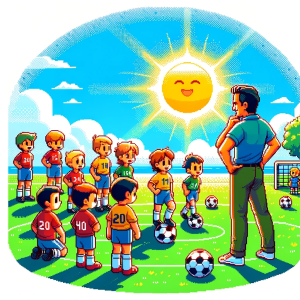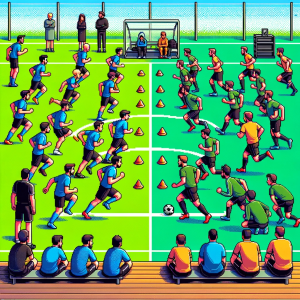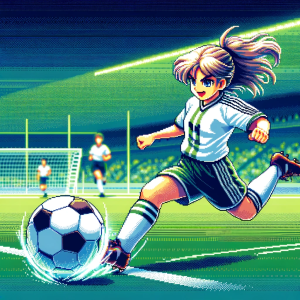
Hidden Gems in Soccer: A Deep Dive into the Relative Age Effect
The world of soccer is buzzing with strategies to unearth the next big talent. However, a recent study titled “He’s Just a Wee Laddie”: The Relative Age Effect in Male Scottish Soccer sheds light on a critical, often overlooked aspect of player development: the Relative Age Effect (RAE). This phenomenon has significant implications for soccer coaching and player development.
What is the Relative Age Effect?
The RAE refers to an asymmetry in the birthdate distribution within sports teams, favoring those born earlier in the selection year. This effect suggests that older players within an age group might be mistakenly perceived as more talented due to their advanced physical and psychological development, potentially leading to biases in talent identification and development processes.
Key Findings from the Study
The study analyzed the birthdates of 1,230 male Scottish youth soccer players from various playing levels and ages. The researchers found that the RAE was evident in “Development” and “Performance” levels at the youth stage but was not as pronounced in the amateur category or among senior professional players. This finding is crucial because it highlights a potential bias in talent identification at critical development stages, possibly overshadowing younger players with equal or even superior skills.
Implications for Soccer Coaching and Player Development
- Rethinking Talent Identification: Coaches and talent scouts need to be aware of the RAE and adjust their evaluation criteria to focus more on skill and potential rather than just physical maturity. This approach can help in identifying talented players who might be overlooked due to their younger relative age.
- Holistic Player Development: Emphasis should be placed on developing technical and psychological skills across all ages, rather than prioritizing physical attributes that can be misleading indicators of long-term potential.
- Customized Training Programs: Tailoring training and development programs to account for the physical and psychological differences among players of the same age group can create a more inclusive and effective development environment.
- Long-Term Player Assessment: Clubs and academies should implement long-term monitoring systems to track player progress, ensuring that late bloomers are given equal opportunities to prove their worth.
- Policy Revisions: Soccer federations and leagues might consider revising policies around age group classifications, possibly introducing more flexible banding based on physical and psychological maturity, rather than strictly chronological age.
Conclusion
The study on RAE in Scottish soccer provides critical insights into the biases in current talent identification and development practices. By recognizing and addressing these biases, coaches and academies can create a more equitable and effective environment for nurturing soccer talent. This approach not only benefits individual players but also enriches the sport by bringing a diverse range of talents to the fore.
Aspiring coaches, players, and soccer enthusiasts should delve into the full article for a comprehensive understanding of the study and its implications. Embracing these insights can revolutionize talent identification and development, paving the way for a more inclusive and successful future.
Step into the forefront of soccer innovation with ‘This Week in Soccer’.
Our newsletter is more than just words; it’s an interactive journey through the complexities of soccer analytics and strategy. Whether you’re a coach, educator, or enthusiast, our content is designed to spark curiosity and enhance your understanding. Subscribe today and be part of a community pushing the boundaries of soccer education.



